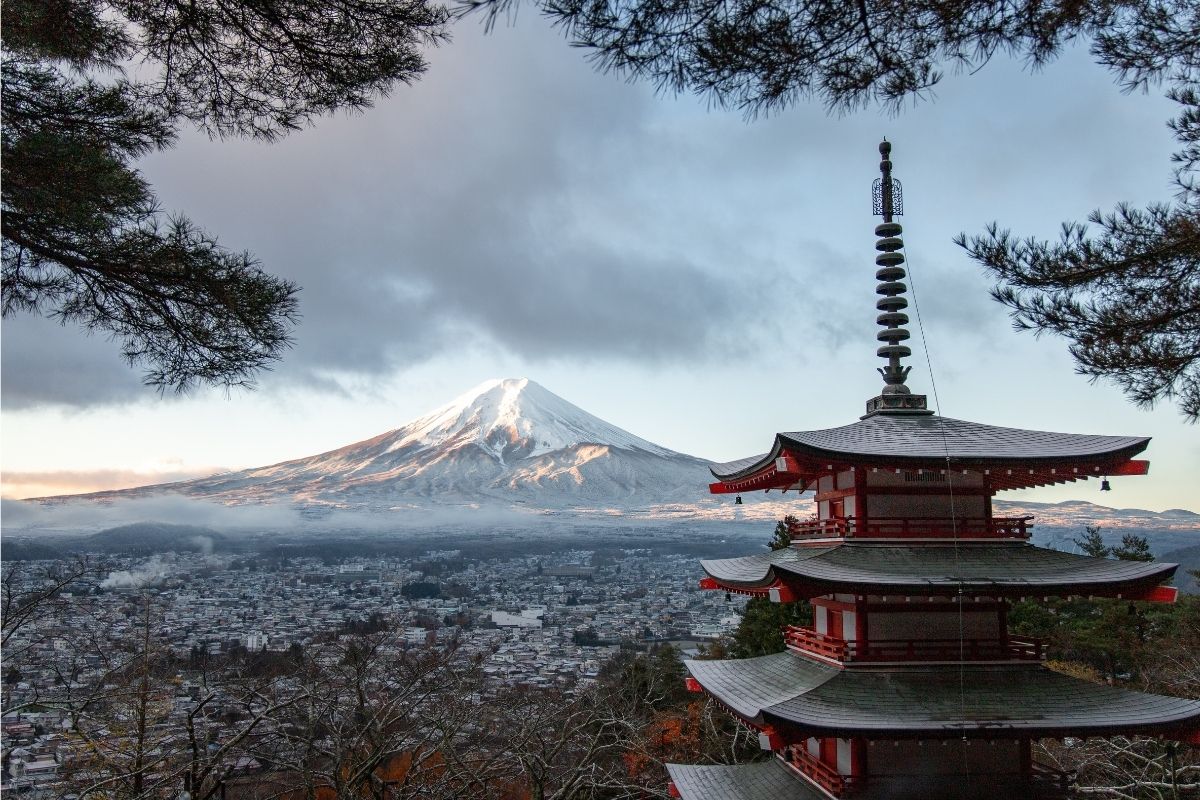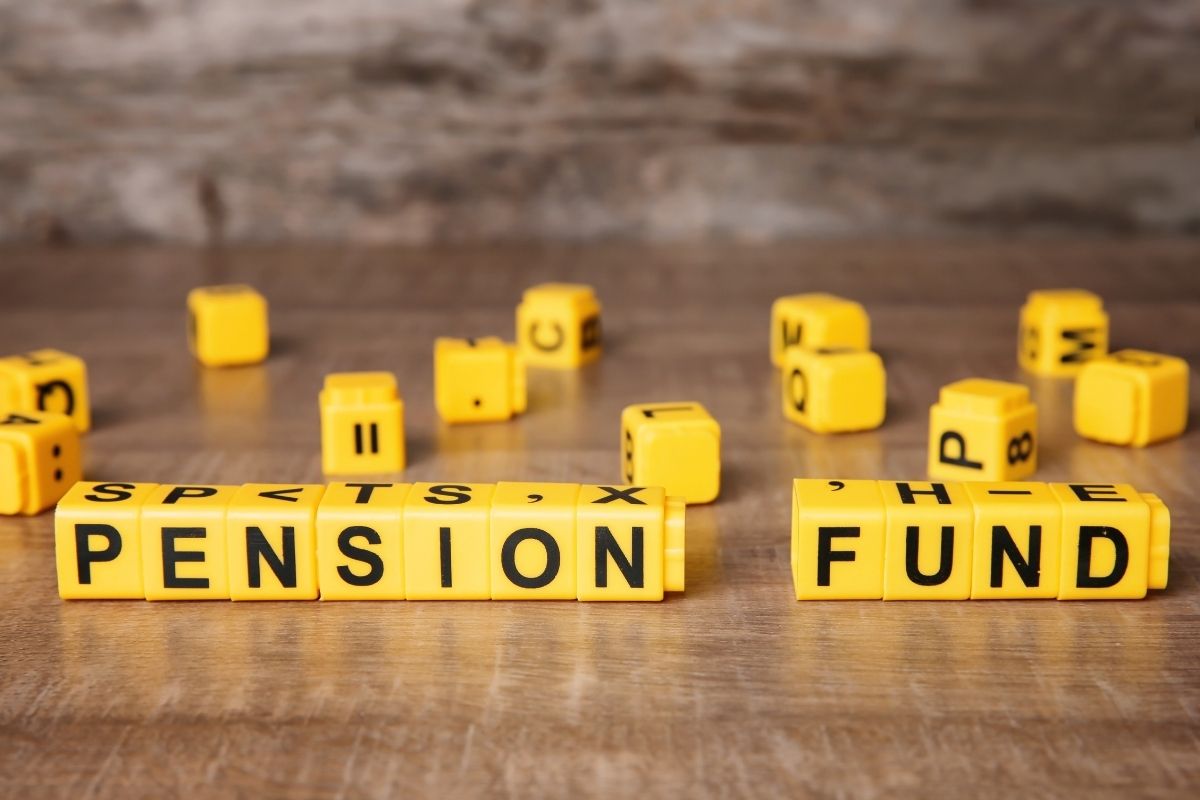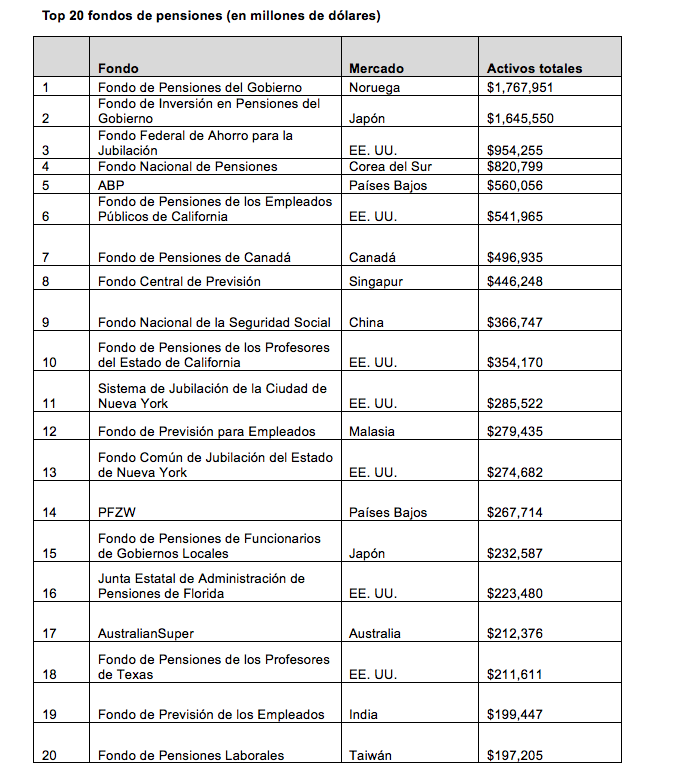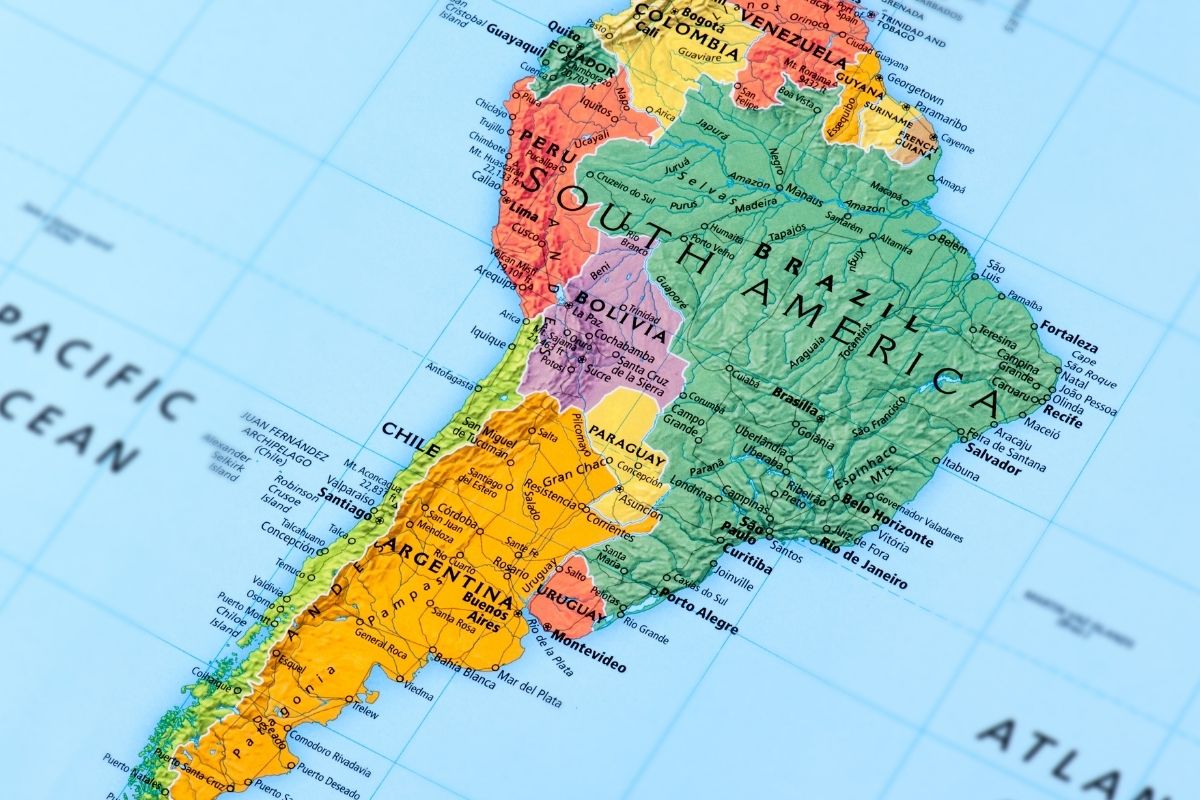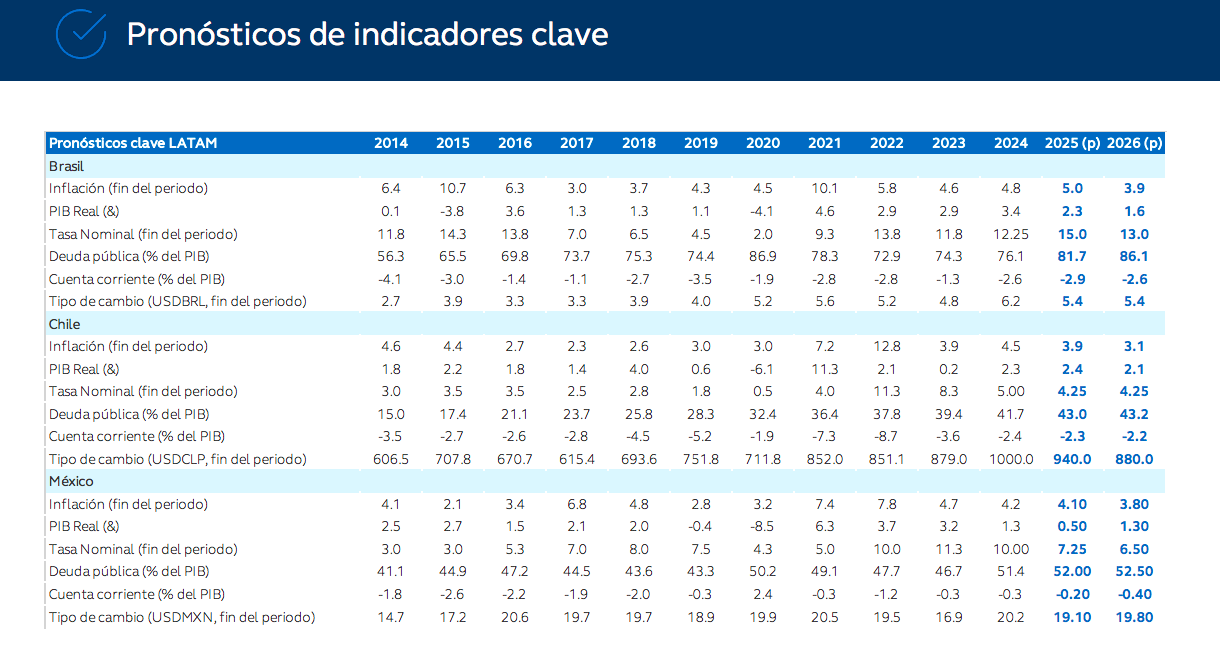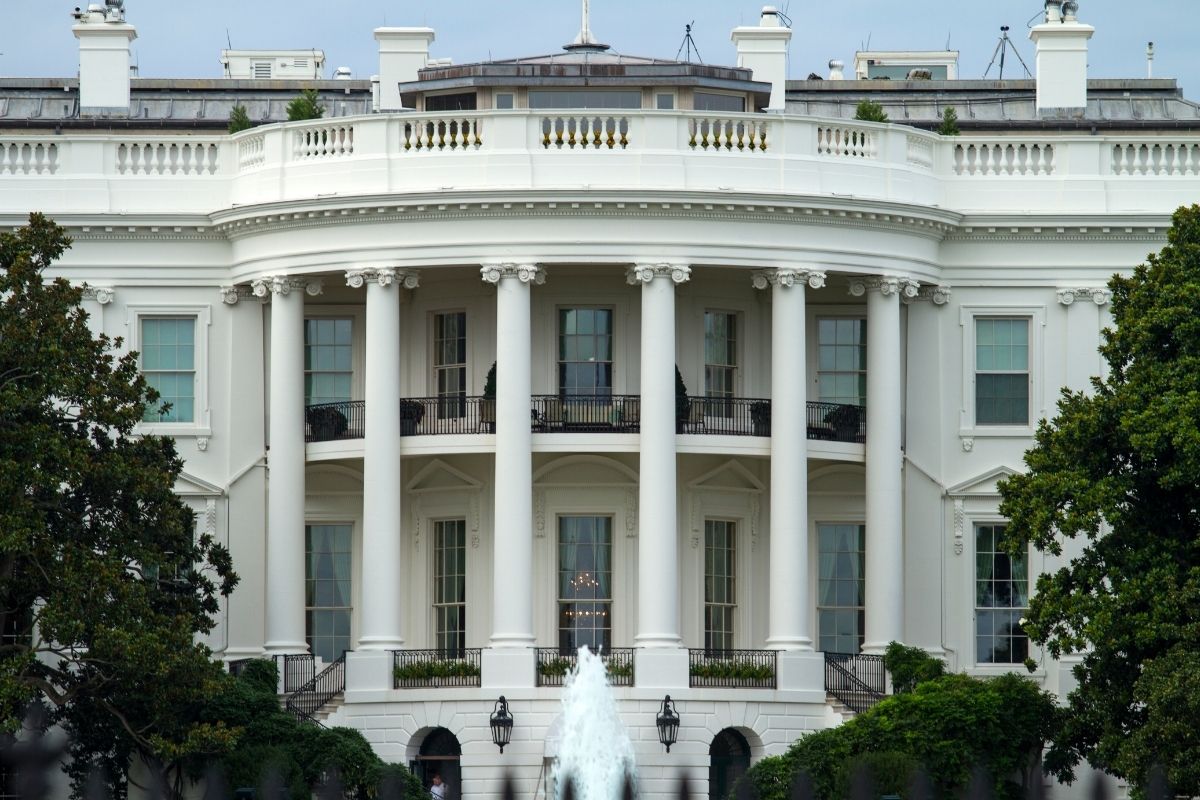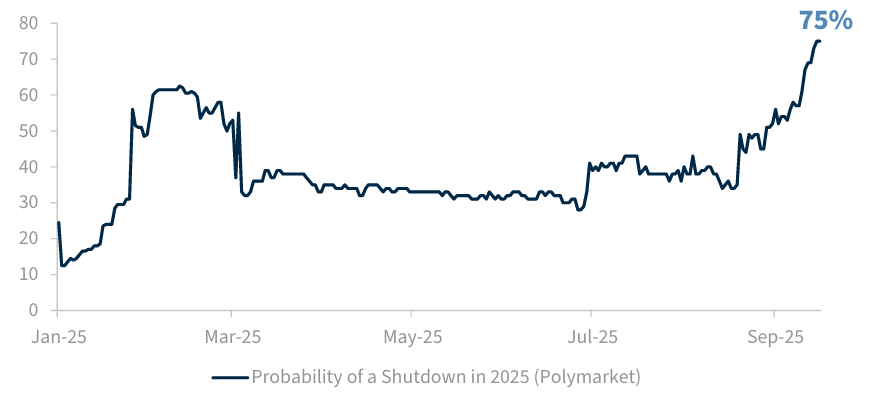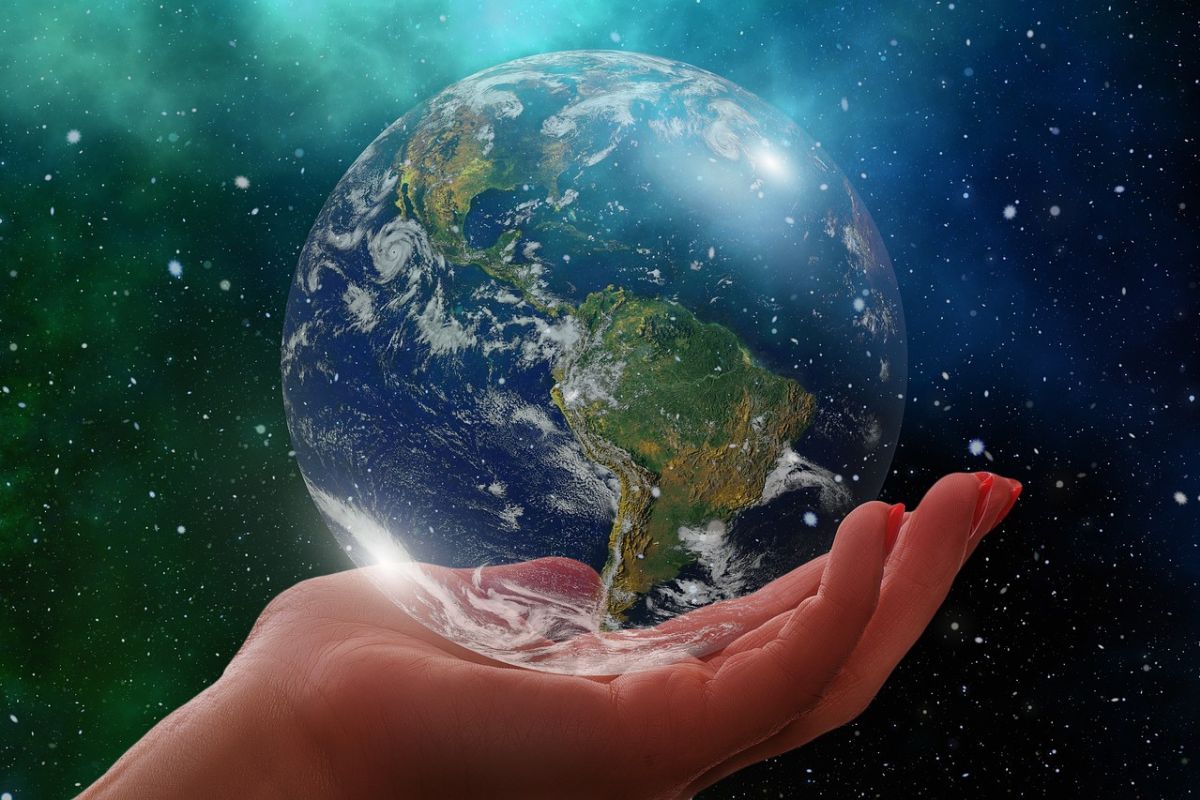Gold: No Grounds for a Correction?
| By Amaya Uriarte | 0 Comentarios

This week, gold surpassed the historic threshold of $4,000 per ounce. With an increase of more than 50% so far this year, prices are on track to post their best performance since 1979, the year when gold reached its previous all-time high adjusted for inflation.
So far this year alone, gold has already reached 52 new all-time highs. The year-to-date return is approaching 54%, already marking the highest annual return since 1979. The interest is undeniable—in September, gold ETFs recorded their best month ever. Net inflows of $17.3 billion were led by North America and Europe, with Asia also joining the rally with $2.1 billion.
In contrast to these highs, the analysis by José Manuel Marín Cebrián, economist and founder of Fortuna SFP, offers another perspective: it’s not that gold is expensive, but rather that money is losing value. “Gold is a barometer. Its quantity in the world increases slowly—around 1.5% annually through mining production—making it a store of value against currencies that multiply under monetary policies. When gold rises in dollars, euros, or yen, it is actually revealing the loss of purchasing power of those currencies. It’s a mirror that reflects distrust in the current monetary system,” he argues.
A Favorable Environment
Whether or not there are doubts about the current monetary system, the reality is that we are in a favorable environment for gold’s performance. “The slowdown in the U.S. economy, along with expectations of lower interest rates and a weaker dollar, should continue to attract safe-haven seekers to the market, while central bank purchases should also remain strong. We see very limited likelihood of a major correction, although we believe a temporary pullback could occur due to bullish market sentiment. Overall, we reiterate our constructive view and raise our price targets,” argues Carsten Menke, head of next generation research at Julius Baer.
According to the experts, this movement reflects a consistent trend of portfolio reallocation toward safe-haven assets, in a context of heightened macroeconomic uncertainty and geopolitical tensions. “In this scenario, the precious metal reaffirms its role as the leading store of value amid weakening global growth prospects,” states Antonio Montiel, head of analysis at ATFX Education.
Will There Be a Correction?
In Menke’s opinion, given price developments over the past two weeks, speculative positioning in futures has likely turned more bullish, with trend followers and technical traders entering the market ahead of the $4,000 per ounce milestone.
For Regina Hammerschmid, commodities portfolio manager at Vontobel, downside risk is minimal. “Given all the structural factors—weakening dollar, concerns over U.S. debt and government shutdown, Fed independence, elevated geopolitical risks—and cyclical ones—weakening U.S. labor market, Fed rate cuts, growth concerns driven by tariffs—pushing gold higher,” says Hammerschmid.
Still, what could stop this record rally? According to Julius Baer’s expert, historically, major corrections have almost always been triggered by improvements in economic outlooks and tighter monetary policies. “Since the Federal Reserve has just resumed its monetary easing cycle, we see very limited likelihood of that scenario repeating. A more probable scenario would be speculative fatigue, meaning all the good news is already priced in and this last leg of the rally is a case of ‘too fast, too far,’” he notes.
That said, he believes such fatigue should not trigger a correction, but rather a temporary and short-term pullback, as the fundamental environment for gold remains favorable. “Assuming a target gold allocation of 20% to 25%, in line with the global average, purchases should continue for another three to five years, according to our analysis. Therefore, we reiterate our long-term constructive view on gold, raising our price targets to $4,150 per ounce in three months and $4,500 per ounce in twelve months,” estimates Menke.
Getting Exposure to Gold
To take advantage of this rally, Marco Mencini, head of analysis at Plenisfer Investments (Generali Investments), believes the market offers two financial alternatives for gaining gold exposure: producer stocks and exchange-traded funds (ETFs).
“Despite the strong performance of producer stocks so far this year, their valuations remain attractive. Many companies are generating free cash flow (FCF) yields between 7% and 9% (high single digits) and between 10% and 12% (low double digits) relative to their market capitalization. The figure varies by company, but considering the low leverage levels, current levels offer favorable prospects. It is often thought that the profitability of gold producers cannot keep pace with the metal’s price. However, the EBITDA data from major sector ETFs—like the GDX (VanEck Gold Miners ETF)—disproves this perception,” says Mencini.
On approaching this opportunity through equities, James Luke, commodities fund manager at Schroders, highlights that gold miners are generating record margins and have significantly strengthened their balance sheets, yet their valuations are still not fully priced in. “The market is only just beginning to pay attention to them. Despite the recent boom, we must not forget that gold equity funds have seen net outflows of nearly $5 billion over the past year and a half. Investors who are not invested wonder if they missed the boat, and those who are invested wonder if it’s time to sell,” he comments.
In his view, gold stocks are not expensive and represent a good investment opportunity, at least from three perspectives: “The performance of gold stocks remains very disconnected from record free cash flow margins (which continue to grow). Additionally, gold miners are trading at low-adjusted valuations and are significantly strengthening their balance sheets. And finally, there are no signs of euphoria in the sector—rather the opposite.”



